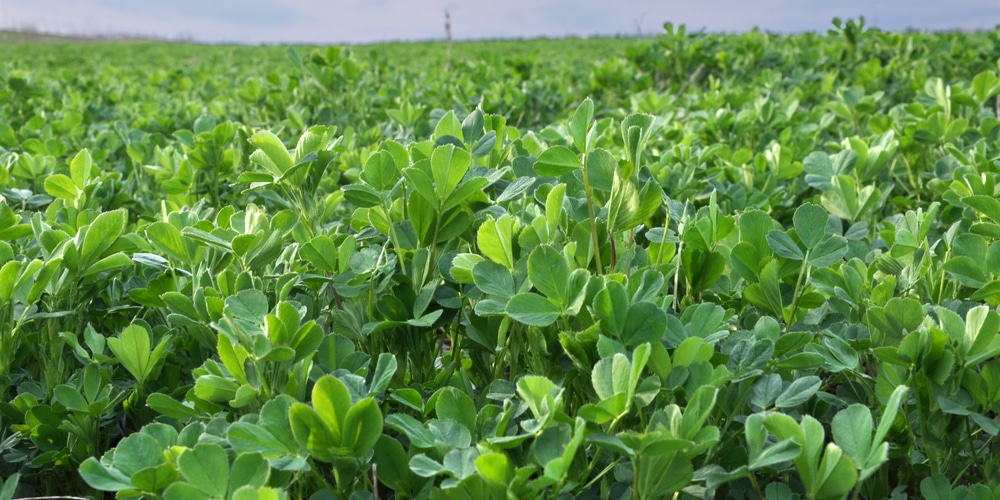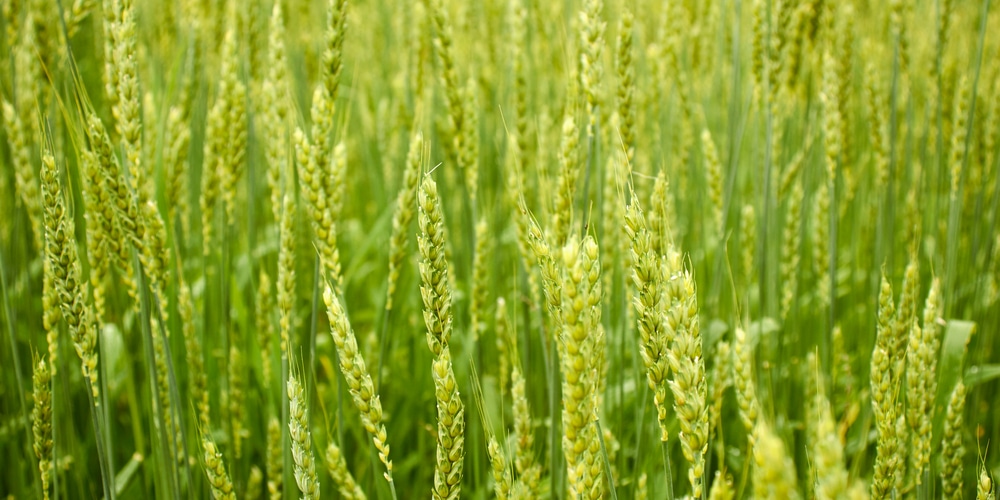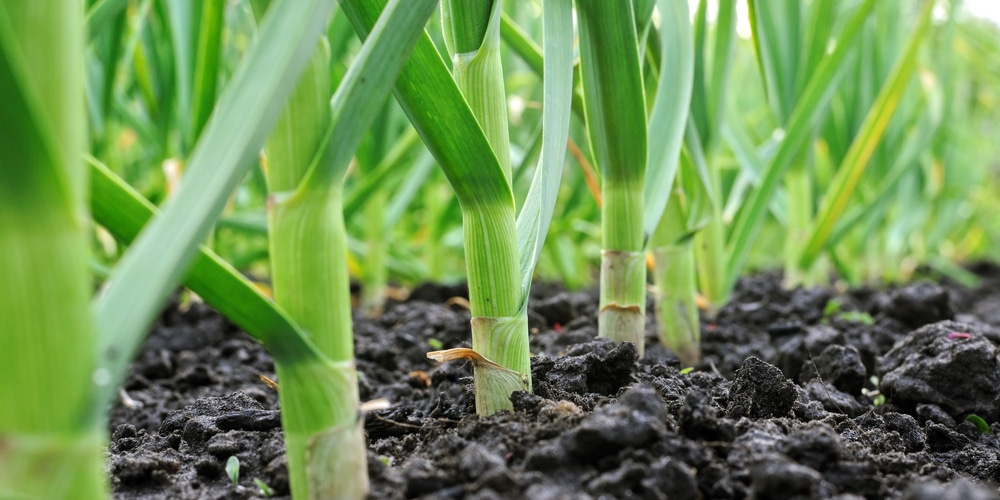If you continue to grow corn in the same field season after season after season, the plants will keep depleting the soil of the nutrients needed for corn to get juicy and healthy.
Such a practice (intensive cultivation) will also leave some nutrients behind but no equal balance. So, farmers have to rotate their crops because every crop takes some nutrients from the soil and leaves behind something else.
What to plant after corn? Cover crops are a viable option, but they need efficient rotations to prevent problems like diseases. From a regenerative standpoint and for your next field operations, cereal rye is an excellent option. You can plant it in October right after combining or manually harvesting your backyard crop. But if you are trying to stop diseases, insects, and weeds, it is better to plant dicot plants like sunflowers or clovers.
Avoiding Nitrogen Immobilization

Understanding nitrogen immobilization is essential to decide what to plant after corn on your fields. And the basic idea behind this concept is that inorganic nitrogen must convert into an organic form for plants feeding on it.
For this transformation to happen, microbes are necessary.
Microbes generate what scientists call the microbial biomass of the soil. But you can think of it like microbes’ poop and farts. This process mineralizes the field, which makes it fertile. And corn, like any other plant, loves it. But if the soil contains more carbon than nitrogen, the microbes will not make nitrogen available.
On the contrary, if you have more carbon, the microbes will turn even available organic nitrogen into an inorganic form. Why? Because the microbes will consume carbon and use nitrogen—they immobilize it. The soil will not lose nitrogen, but it will not be available for a long while.
How to keep the right balance between the chemical components in the soil? You had better plant a beneficial cover crop or remove as much monocot plant residue as possible. Otherwise, as the soil temperature rises above 65F (18C), microbes will immobilize nitrogen—which means your corn may get ugly and floppy (ugly corn syndrome).
Post-harvest nitrate testing is also highly recommendable to avoid this issue.
What to Plant After Corn?
1 – Alfalfa
Alfalfa fixes a tremendous amount of nitrogen. So, when you plow than Alfalfa crop under, the next crop gets an abundant supply of organic nitrogen.
You may need a small amount of nitrogen early on to get the upcoming corn crop going, mainly because the Alfalfa’s nitrogen is still in organic form and needs to be mineralized to become available. But as soon as it does, you will have enough nitrogen until the end of the season.
Alfalfa will continue to nitrify and release nitrogen. But above all, the mineralization process will match the release of nitrogen with your corn crop needs.
2 – Cereal Rye
Having cereal rye growing in the spring helps make a good soil structure. And if you have a wet spring, it will keep your field moist. In short, you get better water infiltration and better soil structure at once.
A combination of cereal rye and hairy vetch seeds also work well, especially if you rotate your corn and soybean crops every year. Why? Because it will not make you pay a high carbon penalty while replenishing the soil with nitrogen, sulfur, and phosphorus.
Delaying termination of rye varieties and planting green into them has no negative impact on the next crop. On the other hand, it will provide more biomass and more forgiving field operations. Plus, cereal rye will provide competition for nasty weeds trying to germinate as you terminate cereal rye at different times.
3 – Different Crops
Corn and soybeans are the most rotated crops among farmers. But if you cannot decide what to plant after corn, you can also try different vegetables like:
- broccoli (but only if you put some fertilizer first because both corn and broccoli are heavy feeders)
- garlic (it needs 9 months to grow, so beware)
- oats (a brassica-oat mix is an excellent choice if you want to sell the crops for producing cattle feed)
- pole beans (Growing them together has a few advantages as well)
- potatoes (its foliage deters weeds from spreading)
- scab resistant wheat variety (although they may share the same pests and diseases because they belong to the same grass family)


